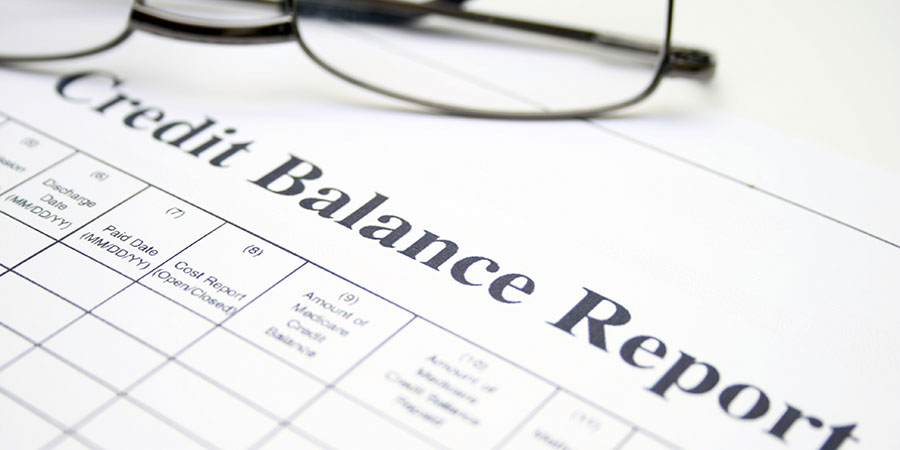Most peoples’ banking experience is to stop by the bank, take care of their pressing items, and go about their other errands for the day. They typically interact with a small handful of people. Commercial and agricultural borrowers have the same day to day interactions with the bank as the general consumer, but usually have an added layer of interaction with a designated loan officer or relationship manager. Beyond that, the inner workings of the bank go largely unnoticed. A curious observer may ask themselves, why does the bank have so much back office space and cars in the parking lot? What else could be going on in there?
One group of professionals usually housed in the back offices of a bank is the credit analyst department. Rarely seen in nature, credit analysts are known for their acute attention to detail, affinity for tax returns and balance sheets, and ability to perform solitary, independent work for what many would consider long periods of time. They are largely unknown to the general public, and their specific job requirements and duties are often hazy and unclear to non-lending personnel at the bank itself.
Credit analysts often play a dual role. Their first role is to process loan and client information, which can often be a complicated task. Commercial and agricultural borrowers will be asked to provide balance sheets, tax returns, and other financial information. While generally standardized and intuitive, there can be a large amount of discretion or latitude in how this data is actually entered and processed. For instance, there may be non-recurring income or expense items and certain assets or liabilities can be shown as either liquid or long-term on the balance sheet. Larger, more complex borrowers often have multiple entities and financials that are intertwined.
The second task is to perform loan analysis. Often times this involves systematically looking through and thinking about the borrower and the loan at hand. A thorough analysis will summarize and understand the recent history of the operation and the riskiness of the borrower as they are today. Often times this is not an easy task, especially if historical information is borrower prepared, missing, or incomplete. The loan proposal at hand then can be incorporated into the analysis. In an expanding operation, for instance, it may be that the borrowers meet risk thresholds historically but will no longer be considered viable if they were to follow through with the proposal. Through the analysis process, an alternative option may be considered and presented to the borrowers.
The results of the data processing and analysis will be summarized in the credit memo. Credit memos are used by decision makers or loan approvers at the bank. The memo will summarize the financials, including a balance sheet trend and income and expense trend. The loan request or requests will also be outlined along with details on the borrower’s background and size and scope of their operation. Key financial ratios and other metrics will be discussed and incorporated into a risk rating or scoring system. This can affect pricing or the interest rate offered by the bank to the clients. Ongoing covenants or loan monitoring systems will be proposed and negotiated as well.
In summary, credit analysts are often out of sight of the general consumer or client of the bank. Their involvement in the loan process and credit administration may also go largely unknown or not readily understood by non-lending personnel at the bank itself. While hidden and behind the scene, credit analysts play a key role in processing loan requests for current and prospective clients. Through experience and a systematic approach to analyzing a credit, they can also add insight and understanding to decision makers within a banking institution. These insights will often help improve outcomes for clients as well as the bank.
 Ben Lundgren is the Credit Analyst Manager at TS Bank. Ben has over eight years of experience in agricultural credit analysis.
Ben Lundgren is the Credit Analyst Manager at TS Bank. Ben has over eight years of experience in agricultural credit analysis.


